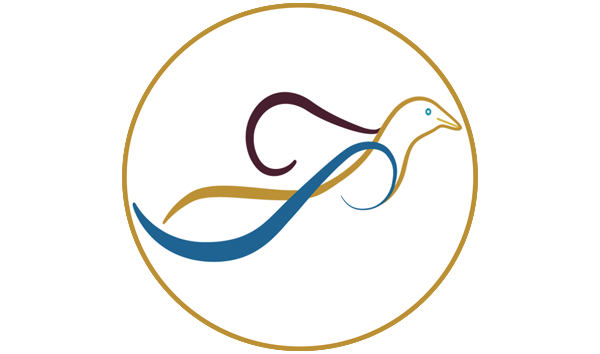The International Headache Society describes two types of headaches: primary and secondary.
Primary Headaches
Primary headaches are caused by parts around the head that are pain-sensitive, such as blood-vessels, nerves, and muscles. Examples include migraines, cluster headaches, and tension headaches.
Migraines
Migraines are especially common in this group. They are recurring, pulsing and throbbing headaches that can span a few hours or even days. Sensory disturbances can warn of the oncoming headache, which feels as though it resides on one side of the head.
Migraines have numerous treatments, some over-the-counter, some holistic. A newer approach is the use of Botox. A pain management specialist injects Botox into the facial muscles to block signals from the nerves to the muscles, so that they loosen. You would need an injection every 12 weeks, and can need as many as 40 in total, but you can start seeing the migraine symptoms ameliorated in as little as 2 to 3 weeks.
Our headache treatment methods include:
- IV Therapy
- Injections - Nerve and Ganglion Blocks (local anesthetic blocking sympathetic nerves on either side of the voice box in the neck), Botox
- Devices - eNeura, gammaCore -- At-home nerve stimulators
- Wearable Devices - CEFALY (placed on forehead), Nerivio (worn as armband)


Secondary Headaches
Secondary headaches are brought on by other conditions that additionally affect the nerves in the head. The causes of these range from not severe to critical.

Of the less severe:
- dehydration
- caffeine-withdrawal
- lack of sleep
- stress (bodily and mental)
- hunger
Of the more severe:
- overuse of pain medication (rebound headaches)
- brain-tumor
- blood clots
- stroke
- concussion
- bleeding in the brain (hemorrhagic stroke)
- glaucoma
- carbon monoxide poisoning
While occasional headaches are nothing serious, consistent and chronic headaches can be the mark of a grave condition. If you have persistent headaches, consult your doctor.
